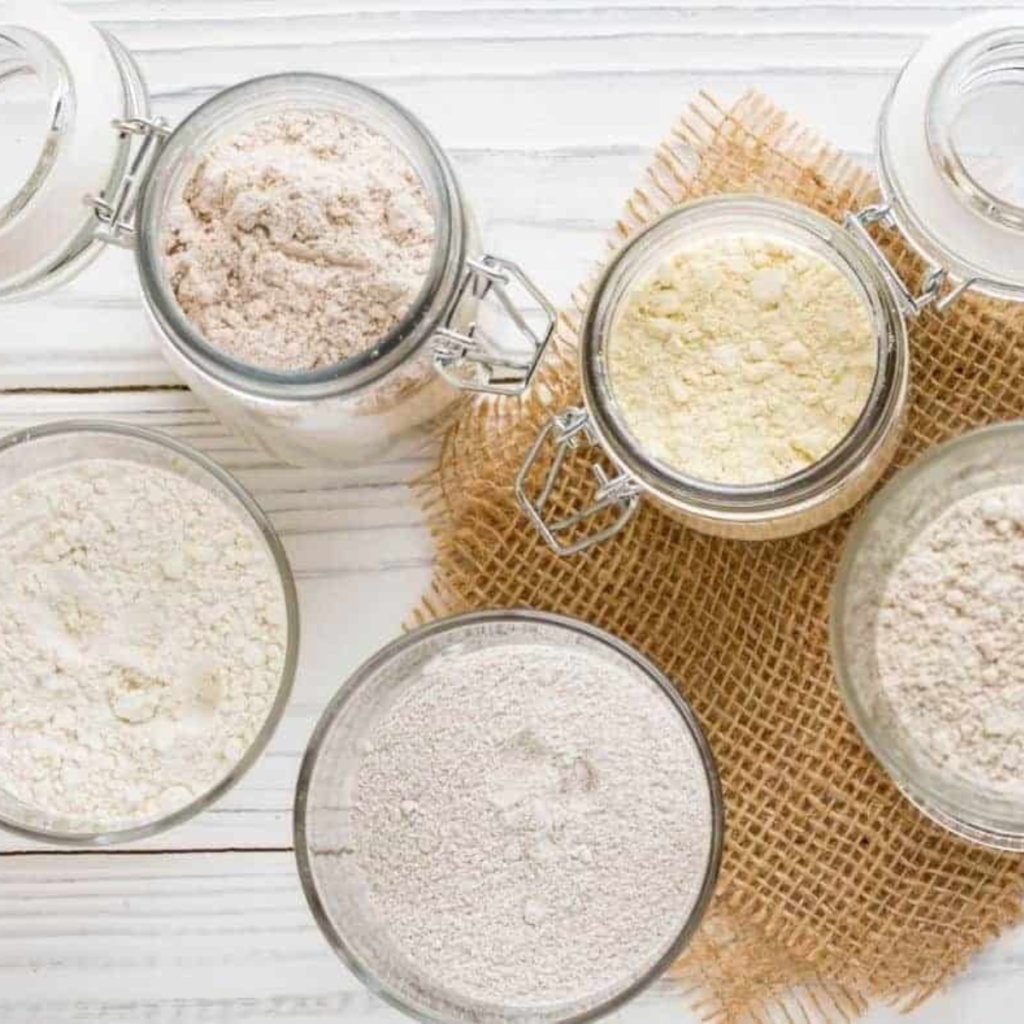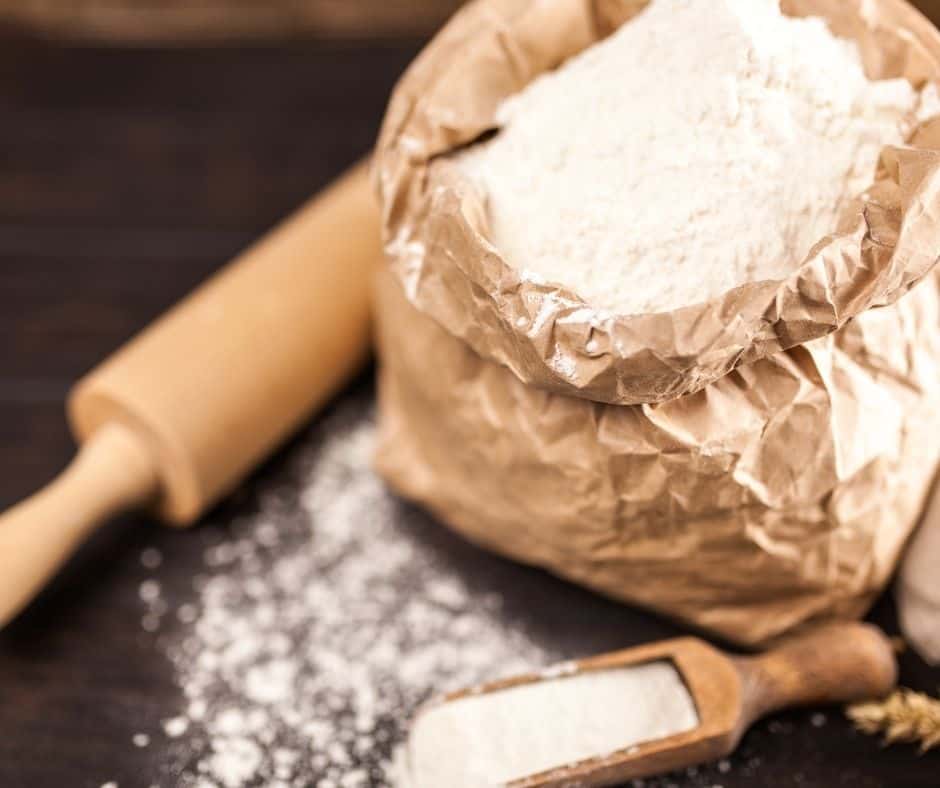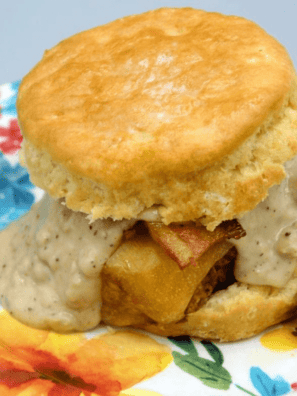How to Make Self-Rising Flour –Baking just got a whole lot easier! If you want to expand your baking skills, look no further than self-rising flour. With some basic pantry staples like all-purpose flour, baking powder, and salt, you can whip up your own batch of self-rising flour in minutes – no trip to the grocery store is required!

Below, we’ll give you step-by-step instructions on how to make self‐rising flour from scratch so that you can get creative with all of the recipes calling for it. From biscuits and cakes to savory dishes that would benefit from its fluffy texture – read on for a few ideas on using this versatile ingredient.
Since I have been using Self-Rising Flour in many of my recipes, I wanted to give you all a foolproof method of making your own batch at home, using what you have in the pantry. Here is my foolproof guide on How to Make Self-Rising Flour.
Self-Rising Flour is a great item to have in your pantry; already made, I have used it in a lot of my different recipes lately, including:
- AIR FRYER COPYCAT KRISPY KREME DONUTS
- AIR FRYER 2 INGREDIENT WEIGHT WATCHER FRIENDLY BAGELS
- 2 INGREDIENT AIR FRYER PIZZA
But unless you have some on hand, you probably pass by these recipes or spend some time searching for the perfect Self-Rising flour after trying to figure out what exactly this self-rising flour is.
What Is Self-Rising Flour?
Self-Rising Flour is often used in baking since you do not need yeast when using this flour. This flour allows the bread to rise without yeast, and you can use it for everything from homemade bagels to pizza crust.
What is the difference between self-rising flour and all-purpose flour?
All-purpose flour (as the name would suggest) can be used for almost everything for baking, cooking, coating, vegetables, and as a thickening agent in rues.
All-purpose flour contains an average amount of proteins.
Self Rising flour, however, includes baking powder and salt. The baking powder and salt have been evenly distributed through the flour.
Self-rising flour is mostly found in baking recipes, such as biscuits, muffins, bagels, cookies, cakes, and scones.

What should I eliminate with self-rising flour?
The critical thing to remember is that since the self-rising flour already has baking powder and salt in the flour, you do not add any more.
How To Make Self-Rising Flour
This is a quick and easy substitution for any self-rising ingredient in any recipe; all you need is:
- 1 cup all-purpose flour
- 1 1/2 teaspoons baking powder
- 1/4 teaspoon salt
It is important to ensure it is well mixed and that the baking powder and salt are evenly distributed in the flour.
How To Store Self-Rising Flour
I always make a batch and then keep it in my pantry. The most important thing is to keep the flour in an airtight container. And place it in a dry and cool place.
After about a year, the baking powder in the self-rising flour will have lost its concentration, so after a year, dispose of it, and make a new batch.
Other Great & Easy Homemade Pantry Items:

How to Make Self-Rising Flour
Description
Ingredients
- 1 cup all-purpose flour
- 1 1/2 teaspoons baking powder
- 1/4 teaspoon kosher salt
Instructions
- Add all of the ingredients to a small bowl, mix well.
- Store in an airtight contianer.
Equipment
- Mixing Bowl
Nutrition
Share this recipe
We can’t wait to see what you’ve made! Mention @forktospoon or tag #forktospoon!





